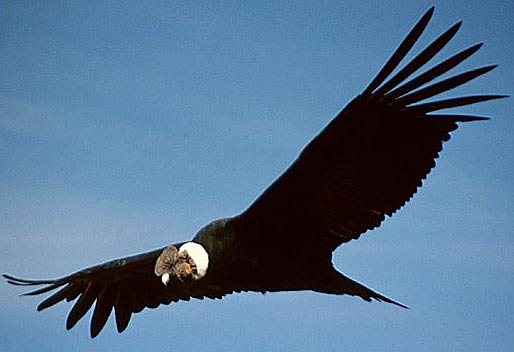

This feature allows the jet to more easily taxi to and from airport gates without colliding with infrastructure or other aircraft. In fact, they’re so long, their wings include hinges that allow the wingtips to fold. The 777X has the longest wings Boeing has ever built.(The original 777-200 first flew in 1994.) What sets these new airplanes apart are their giant, lightweight, carbon-fiber wings that increase range while burning less fuel. The idea behind Boeing’s 777X program was to produce a larger twin-engine passenger jet without having to start with a clean-sheet design. Passenger capacity: 426 (two-class configuration)Įmpty weight: (Boeing has not yet released this information)Ĭruise speed: (Boeing has not yet released this information)įirst flight: 2020 Expected to enter service: as early as 2025 Wingspan: 235 feet (with folding wingtips extended) Redesigned wings incorporate efficient raked wingtips, and double-slotted inboard flaps. The 747-8 includes improvements over the 747-400, such as technology from the flight deck of the 787 Dreamliner.The 777-9, expected to enter service as early as 2023, will extend the 777 model’s lifespan a bit longer than the 747. The 747-8i is the world’s longest airliner currently in service.The next generation jetliner to be used as Air Force One will be a military version of the Boeing 747-8i.

The final 747-a 747-8F freighter-is expected to be delivered in 2022. More than 1,500 were built in multiple variants.

Earning the nickname “Queen of the Skies,” the 747 single-handedly changed the airline industry, making international travel for the middle class possible for the first time. Passenger capacity: 467 (three-class configuration)īoeing’s initial iteration of the iconic Jumbo Jet, the 747-100, was the world’s first double-decker passenger jet, launching service with Pan Am in 1970.


 0 kommentar(er)
0 kommentar(er)
